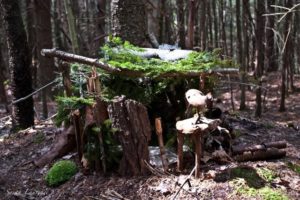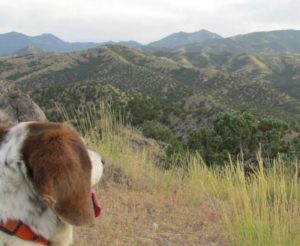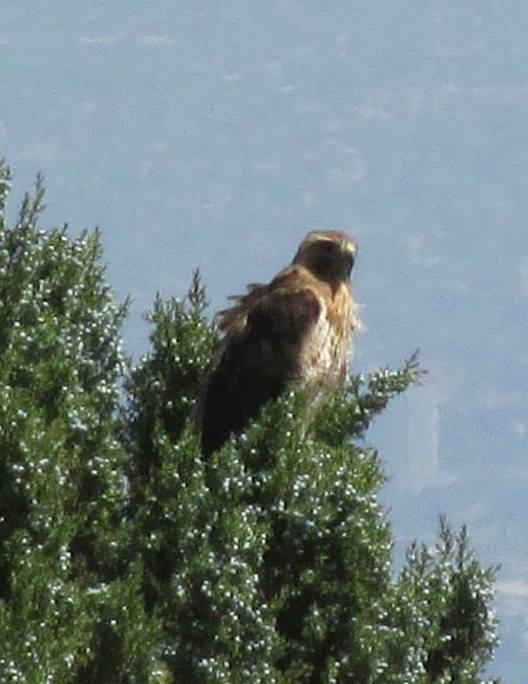Things you can count on in the Maine wilderness:
- Insects (black flies, deer flies, mosquitos, ticks, etc.)
- Wet (humidity, fog, rain, snow, ponds, lakes, ocean, rivers, streams)
- Trees (lots and lots of them)
Because of the trees, you tend to focus on things close to you. Vistas are rare and much of the wonders occur on small, intimate scales. You may sight an animal and then it will be gone, into the green. You get good at squinting.
The wetness allows for a richness of life. Plants and animals ooze from the tiniest places. Lacking big open scenery, our eyes naturally adjust down and near.
Have you seen the fairy house zones on the Cliff Walk behind the Harpswell town offices? The areas are dedicated to the construction and display of tiny houses made of twigs, moss, shells, stones, and bark.
You wouldn’t find them in Utah, where you can count on:
- Dryness
- Vistas
- And the notion that wilderness and wildlife are as obvious and available as network TV.
Because of poor soil, verticality, and a quarter of Maine’s annual rain, Utah lacks its density of flora and fauna. There is space between grasses, space between trees. The soil doesn’t support anything and everything. On the larger scale, from 3,000 vertical feet and many miles away, I often see the little grey brick house I call home.
 Life seems laid bare and more of a struggle than back east. There may not be more living and dying going on here, but it sure seems like it. The dogs have more bones than they could ever want. Baby animals are seen (mostly at water spots) and then we see their remnants. Predators (raptors, cats, foxes, coyote) are omnipresent.
Life seems laid bare and more of a struggle than back east. There may not be more living and dying going on here, but it sure seems like it. The dogs have more bones than they could ever want. Baby animals are seen (mostly at water spots) and then we see their remnants. Predators (raptors, cats, foxes, coyote) are omnipresent.
As I am discovering, without cushions and curtains of green, there’s not a lot of sneaking around or getting away with anything. Mother Nature holds you accountable at every Utah turn. Even on Maine’s open ocean, it’s easy to get lost. Darkness, it seems, is the only cover or hindrance here.


